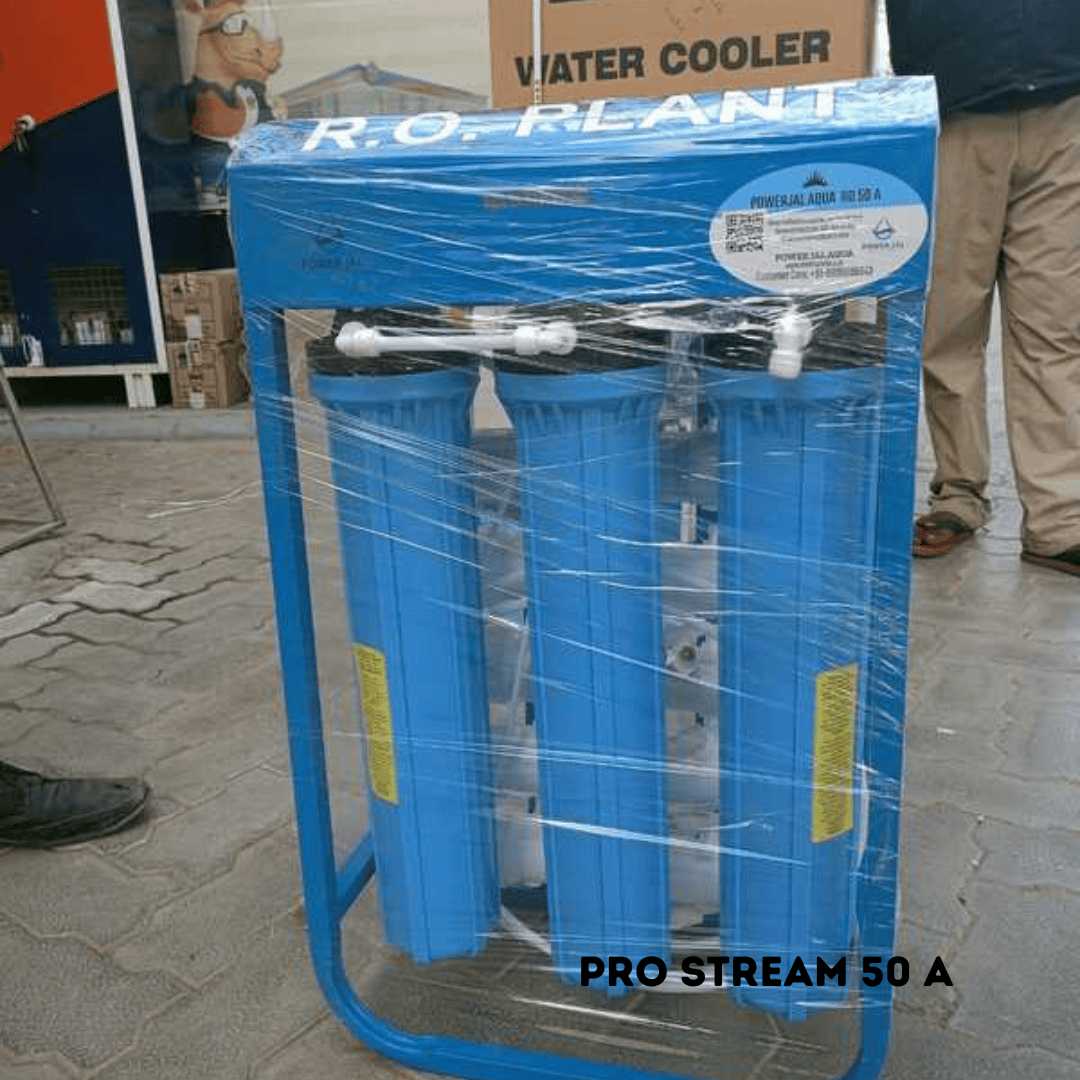Introduction
Imagine a crowded room with a single doorway. People (water molecules) are trying to squeeze through, but some are larger than others (contaminants). Reverse Osmosis (RO) is like having a bouncer at that door, only allowing the smallest, purest people (water molecules) to pass through.
How does RO work?
How does RO work?
- Water is pushed through a semipermeable membrane: This membrane acts like a very fine filter with tiny pores that block larger particles like salt, minerals, bacteria, and viruses.
- Impurities are left behind: The contaminants that can't pass through the membrane are flushed away.
- Clean water flows through: The purified water is then collected and stored for drinking.
Benefits of RO Water at Home:
Benefits of RO Water at Home:
- Healthier Drinking Water: RO removes harmful contaminants, providing safe and healthy water for your family.
- Improved Taste and Odor: Say goodbye to chlorine, sulfur, and other unpleasant tastes and odors.
- Cost Savings: RO can be more cost-effective than bottled water in the long run.
- Eco-Friendly: Reduce plastic waste by switching to RO purified water.
- Better Tasting Food and Beverages: Enhance the flavor of your cooking and drinks with pure water.
Choosing the right method depends on your specific needs and water quality concerns.
Common RO Problems and Troubleshooting Tips
Common RO Problems and Troubleshooting Tips
Problem: Low water pressure Solution: Check filters, clean/replace membrane, increase incoming pressure.
Problem: Strange noises Solution: Purge air, tighten fittings, contact a technician if needed.
Problem: Foul taste Solution: Replace post-carbon filter, drain storage tank, check membrane.
Problem: Water leakage Solution: Inspect for leaks, replace O-rings, tighten fittings.

Choosing the Right RO Water Purifier
Choosing the Right RO Water Purifier
Consider these factors:
- Capacity: How much purified water do you need daily?
- Storage: What size storage tank is suitable for your household?
- Features: Do you need extra features like a TDS meter or UV sterilization?
- Budget: Set a realistic budget for your RO system.
The Importance of RO Maintenance
- Regular filter changes: Replace filters according to the manufacturer's recommendations.
- Membrane cleaning: Clean the membrane periodically to prevent clogging.
- Sanitization: Sanitize the system to prevent bacterial growth.
Debunking Common Myths About Reverse Osmosis
Debunking Common Myths About Reverse Osmosis
Myth: RO water is unhealthy because it removes minerals. Fact: Most people get sufficient minerals from their diet. You can also remineralize RO water if desired.
Myth: RO water tastes bland. Fact: RO removes impurities that cause bad taste and odor, resulting in clean, refreshing water.
RO and the Environment
RO and the Environment
While RO can produce wastewater, modern systems are becoming more efficient. Consider these eco-friendly practices:
- Choose low-waste RO systems: Look for systems with high water recovery rates.
- Reuse wastewater: Use wastewater for gardening or cleaning.
- Recycle filters: Dispose of filters responsibly.
The Future of RO Technology
The Future of RO Technology
- Smart RO systems: Monitor performance and provide real-time data.
- Energy-efficient models: Reduce energy consumption and water waste.
Transforming Lives with Clean Water: An RO Success Story in Samoli Salempur ,Uttar Pradesh
Transforming Lives with Clean Water: An RO Success Story in Samoli Salempur ,Uttar Pradesh
Access to clean and safe drinking water is a basic human right, yet many communities in India still struggle with contaminated water sources.
The Challenge:
Samoli relied solely on groundwater for drinking and daily needs. However, the water was heavily contaminated with Total Dissolved Solids (TDS), exceeding 2,000 ppm (parts per million). This led to widespread health problems, including gastrointestinal issues, kidney stones, and skin diseases.
The Solution:
ME SHOP INDIA, in collaboration with local authorities, implemented a community-based Reverse Osmosis (RO) water purification plant in Samoli. The plant, equipped with advanced filtration technology, was designed to purify the groundwater and provide safe drinking water to the entire village.
The Impact:
- Improved Water Quality: The RO plant successfully reduced TDS levels to below 300 ppm, meeting WHO standards for drinking water.
- Healthier Community: Within months of the RO plant's installation, the village saw a significant decline in waterborne diseases. Cases of diarrhea reduced by 60%, and reported cases of kidney stones decreased by 40%.
- Enhanced Quality of Life: Access to clean water improved the overall quality of life for the villagers. Women no longer had to spend hours fetching water from distant sources, and children could focus on education instead of suffering from illnesses.
Testimonial:
"Before the RO plant, we were constantly worried about our children getting sick from the water," says [Vijay Singh], a resident of [Samoli Salempur] . "Now, we can finally drink water without fear, and our children are healthier and happier."
Data Highlights:
- TDS levels before RO: 2,200 ppm
- TDS levels after RO: 280 ppm
- Reduction in waterborne diseases: 55%
- Increase in school attendance: 20%
Conclusion:
Conclusion:
The RO plant in Samoli is a testament to the transformative power of clean water. By providing access to safe and affordable drinking water, ME SHOP INDIA has helped improve the health, well-being, and overall quality of life for an entire community. This case study highlights the crucial role that RO technology can play in addressing water scarcity and contamination challenges in rural India.
By understanding the basics of Reverse Osmosis, you can make informed decisions about your water purification needs.
Need help choosing the right RO system? Contact the experts at ME SHOP INDIA today!





